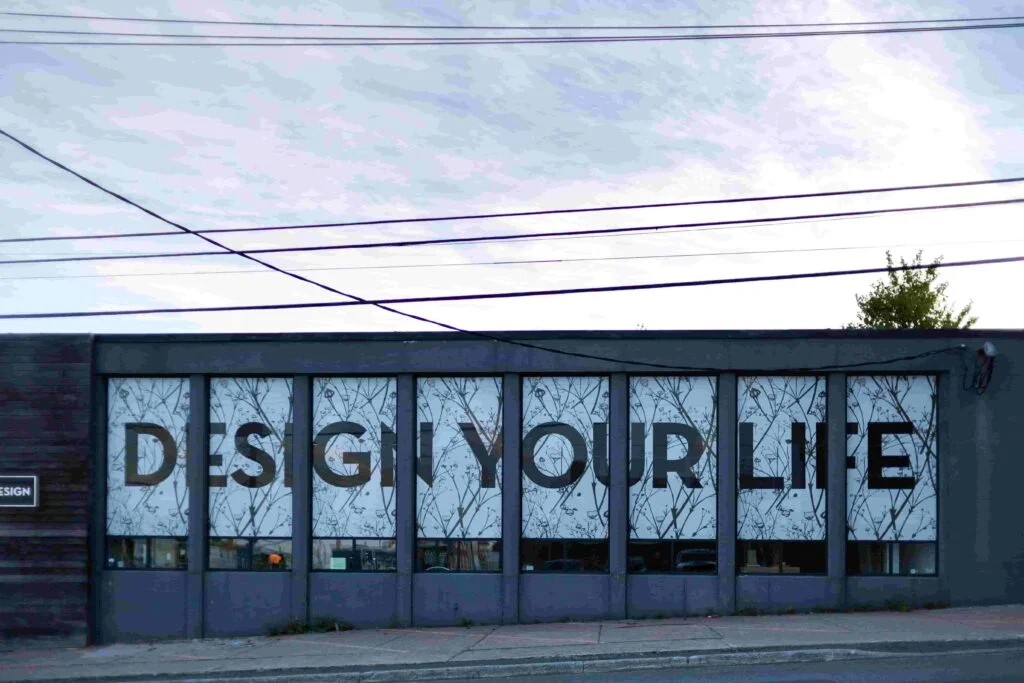Intro
The insurance business is witnessing major transformation and premiums of such services are a matter of concern for most consumers. The present blog will outline why insurance coverage rates differ, what we expect in a year, and how the end users may cope with the changes properly. This, regarding the necessity of insurance, will be rational and understandable considering the factors influencing the subject matter.
Current State of Insurance Rates
- Insurance inflation has reached new heights for several policyholders who complained of the increases of up to 120% to retain cover. This upsurge is not as a result of a change in a person’s condition, for example, a credit score or accident of a particular person. Rather it is a general trend in the industry that every company is trying to come out of this extreme loss from hazarding underwriting. Several carriers are seeking the improvement of their balance sheets after periods dominated by large claim payouts as well as small profits.
- This is particularly true regarding the large domestic insurance companies, for instance, State Farm and Allstate have both posted large underwriting losses. These underwriting losses are the reasons that rates rise as businesses try to become profitable again. Consequently, the trend is that most consumers are seeing these kinds of slow-priced habits increasing in fast-growing margins including that of vehicle and mortgage insurance.

Projected Rate Increases and Stabilization
Forecasts indicate that while the upward trajectory of certain rate adjustments may still prevail, for the foreseeable future it is likely there will be averting of the constant increase in ranges. The prognosis is that firms such as Progressive will adjust their rates upward by approximately 2% to 4% instead of the erratic increases over the past few years. Bigger firms, on the other hand, could still be volatile with some experiencing more growth from the rest of the other larger firms.
Round about the second quarter of the year 2025, it is assumed that the fluctuations in the market will start to cease. This timeframe is skeptically borne out by historical data and content analysis of the industry. Companies who already exhausted major rate increases will reach equilibrium which will be good news for consumers in terms of sector pricing.
Why Are Rates Increasing?
The primary drivers behind rising insurance rates include:
- Underwriting Losses: It is observed that several insurance companies have incurred huge losses because of high claims settlement, especially in disaster-prone regions.
- Inflation: Inflation raises the prices of the expenses and their recovery and this affects how much premium insurers would be able to offer their clients to stay in business.
- Predictive Modeling: The practice of engaging predictive models in risk assessment is becoming more widespread, which in turn makes some properties attract higher premiums, depending upon their perceived risk for claims.
- Market Competition: The dynamics of the market scene are changing with the rise in the independence of agents since they provide alternatives to the consumers.
Strategies for Consumers
In light of the constant evolution of insurance rates, consumers should implement the following strategies as ways of management of their insurance costs:
- Work with Independent Agents: Insurance agents working independently can offer a wider range of insurance products and assist consumers in locating insurers who provide the lowest rates.
- Regularly Review Policies: It is important to look over your insurance policies once in a year. You can guarantee the best possible coverage at the lowest possible cost..
- Shop Around: Do not be afraid to get quotations from different insurers rather than feeling guilty about making comparisons as it will help you identify the best offer for your needs.
- Take Advantage of Discounts: Numerous insurance agency give limits like holding more than one strategy, ownership of a perfect driving record or having no cases history.
The Role of Predictive Models
Insurance rates are one area where predictive modeling comes in handy. Insurers use these models to estimate loss exposure using historical data and extrapolating from recent trends. For instance, some companies can evaluate the risks of natural catastrophes occurring within a defined area, hence affecting the amount of premium charged.
As these models are improved further, there are a few encouraging signs regarding insurers and their pricing models. Nevertheless, faulty assumptions in these models are the underlying cause of unexplainable increases in rates especially for adverse areas experiencing unique weather conditions among other risks. Apart from that, knowing such attributes associated with insurance may encourage the user to justify rate change reasons.
Read More : Understanding Car Insurance A Comprehensive Guide
Regional Variations in Insurance Rates
The cost of insurance can greatly differ from one place to another. For instance, states like Florida and Louisiana which are subject to hurricanes would most likely charge clients higher evident risk premiums. On the contrary, places with low risks may expect lower and more constant rates.
It can also be noted that there are strong differences among the U.S. states in insurance rates. For example, states such as California and Florida tend to have higher rates of insurance due to factors and events that necessitate its use. On the opposite extreme, moderate states which have low destruction caused by natural calamities may have better and arranged motives without low-price insurance. People ought to be in such advice before buying any cover.
What to Expect in 2025 and Beyond
It is normal that for sure a couple of rates will in any case be expanded, nonetheless, the overall course of the valuing components is supposed to change and turn out to be more settled. This stabilization will likely be explained by several factors:
- Improved Financial Health of Insurers: As companies recover from previous losses, they may stabilize rates to maintain customer loyalty.
- Regulatory Changes: Certain states are starting to permit insurers to utilize more predictive modeling approaches, which may result in more precise pricing.
- Consumer Behavior: With consumers getting more informed about their choices, they may trigger competitive forces among insurers and rates may improve.
Conclusion
The insurance rate structures are multifaceted and fluid at the same time. As one turns to the year 2025, there are prospects such as the premiums recovering, however, caution is of the essence when it comes to the insurance needs. It is possible to understand what is happening and take a valid approach by consulting self-governing agents.
To sum up, the ability to cap all the premiums towards the end of times, especially about insurance motivates appetitive action. Look forward to new information and development of the given picture as it’s working not for the last time due.
FAQs: Navigating Rising Insurance Rates and Strategies for Consumers
Q. Why are insurance rates increasing so rapidly?
A. Thanks to such underwriting losses arising from excessive claims as underwriting, the endless inflation depreciating recovery costs and predictive modeling showing risks predicted to be higher than normal in some specific areas.
Q. When will insurance rates stabilize?
A. It is anticipated that by the middle of 2025, insurance rates will have leveled out, with bigger players expected to plummet after ulcers of spiraling increases.
Q. What can consumers do to manage rising insurance premiums?
A. To control the increasing premiums, the policyholders can cooperate with independent agents, check the policies periodically, compare the rates of other insurers, and avail of other discount opportunities.
Q. How do predictive models influence insurance rates?
A. Insurers assess risk using predictive models based on historical data. This is the reason why premiums are relatively high when the area has more risks such as natural disasters.
Q. Are there regional differences in insurance rates?
A. Yes, the regions with higher risk of disasters like Florida and Louisiana have relatively higher insurance policies than low-risk areas where the rates are more or less stable.
















Pingback: Guide A Commercial Property Insurance in USA
Pingback: 5 Surprising Ways to Save BIG on Your Car Insurance